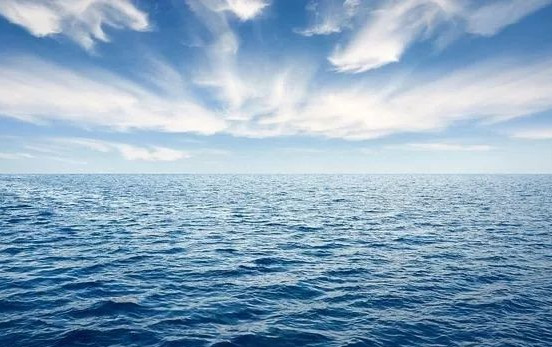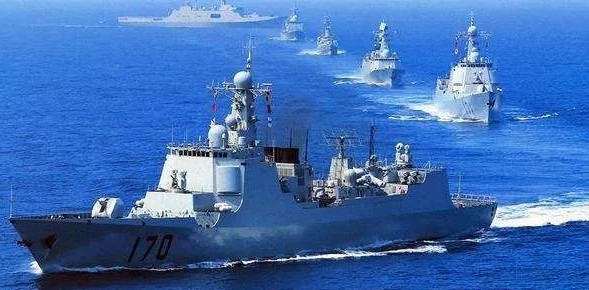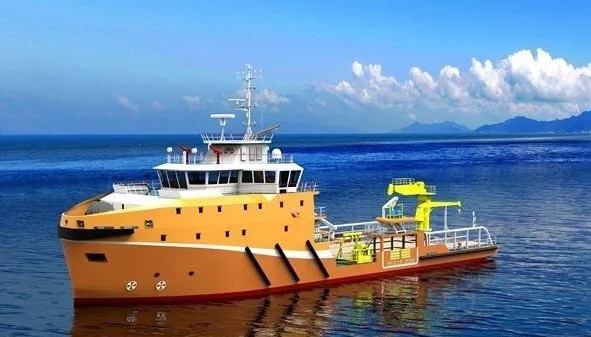With the rapid development of the global economy, humanity is confronted with the challenge of resource scarcity. The blue ocean, which covers around 71 percent of the earth’s surface, is a rich source of food and medical raw materials. About one-third of the world’s total mineral, petroleum, and natural gas reserves are also located in the ocean. The development and use of ocean tides, offshore wind energy, and solar energy will provide a significant impetus for the sustainable development of human activities.

Developing the ocean requires a wide range of equipment.The execution of any equipment function is dependent on material technology. In contrast to the land, sea water and ocean atmosphere include chloride and sulfide, which have a significant effect on the corrosion of mechanical device materials. Meanwhile, the tremendous pressure of deep sea water necessitates high structural strength of the equipment. As a result, ocean engineering equipment components, particularly those used in deep seawater, must be processed and made with materials that have high specific strength, good toughness, and seawater corrosion resistance.
China has produced a relatively perfect alloy system of marine titanium alloy, which has specific applications. However, due to a lack of performance data support, incomplete construction rules for marine engineering structural parts, insufficient processing equipment, small product specifications, and high material production costs, marine titanium alloys remain at a low industrialization level and are underutilized. With the increased national focus on marine construction, the acceleration of engineering applications of titanium alloy, and the lowering of material costs, marine titanium will have a bright future.
Advantages of Titanium in Ocean Engineering Applications

- Titanium, often known as the “ocean metal,” is a light weight, high strength, non-magnetic material with exceptional corrosion resistance to sea water and marine atmospheric corrosion. It is an excellent light structural material, particularly ideal for usage as a light marine equipment material.
- Compared to steel, stainless steel, copper, and aluminum, the most notable characteristics of titanium materials are their low density, high specific strength, and strong corrosion resistance. Titanium also possesses excellent seawater erosion resistance, no magnetism, and no cold brittleness, as well as high acoustic permeability and excellent neutron radiation attenuation performance. Titanium can be treated using typical techniques for plastic forming, casting, welding. Therefore, titanium are applicable to all types of ocean engineering.
Development of Titanium for Marine Usage

Titanium can be utilized in ocean engineering, however it has several important downsides and issues. Titanium for marine engineering faces numerous obstacles, primarily regarding the following five aspects:
- Titanium Production. Titanium is difficult to produce due to its high melting point (1660°C), high temperature deformation resistance, and small thermal processing temperature zone, among other factors. Titanium with big size and excellent performance is particularly difficult to produce. In addition to requiring a large vacuum melting furnace, big pressure processing equipment is also required. The capacity of titanium production equipment is equivalent to or higher than that of steel equipment with the same specifications.Nevertheless, the output and equipment utilization rate are only one-tenth that of steel equipment, and production costs are considerable.
- Product Design. Titanium has a high compressive strength ratio and a high welding strength coefficient, but poor elastic modulus, thermal conductivity, and damping coefficient. Titanium is susceptible to gap corrosion, galvanic corrosion, and hydrogen embrittlement under specific circumstances. Because of titanium’s physical, chemical, and mechanical properties, the design of titanium equipment must include new design standards and technical specifications (such as safety factor, corrosion margin, fire and explosion prevention measures, structural form, weld form, etc.). Since the damping coefficient of titanium material is low (with the exception of TiNi shape memory alloy) and the vibration is high during usage, anti-vibration and vibration reduction methods must be applied.
- Manufacturing of titanium products. Because of titanium’s low elastic modulus, cold processing rebound, poor thermal conductivity, and other properties, manufacturing titanium components, heat treatment, and mechanical processing all presented challenges. Mature technology need a lengthy period of investigation.
- Applications. Because of titanium’s high corrosion resistance, many titanium equipment are “permanent” or “semi-permanent,” therefore the equipment assessment cycle is lengthy. As a result, it is difficult for the first, second and third generation engineers and technical personnel to grasp the application history data of a certain equipment. They are unable to make a comprehensive and objective assessment of the titanium equipment’s use effect.
- Material Selection. Most people still believe titanium is too pricey. With limited investment capacity, replacing steel or copper with titanium, which is five to ten times more costly than hull steel, is challenging. The one-time investment in titanium equipment is undoubtedly substantial in comparison. The technical and economic benefits of titanium equipment are mostly represented in the “full life cost,” that is, in the long-term benefits.
With the global energy crisis worsening, the globe will devote a significant amount of people and material resources to extracting seabed oil and other natural resources. As global freshwater supplies grow more limited, coastal nations will employ saltwater to manufacture fresh water. Titanium and titanium alloys are inextricably linked. As a result, titanium and titanium alloys will become more common in maritime engineering.